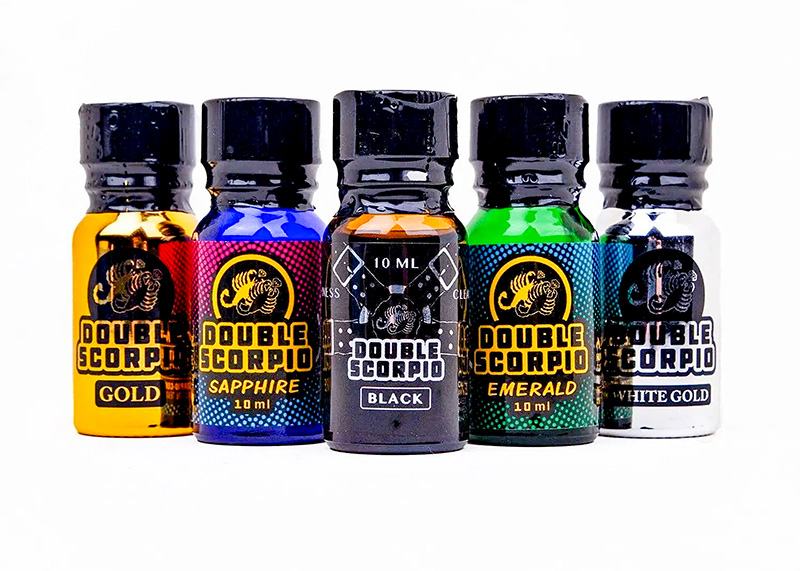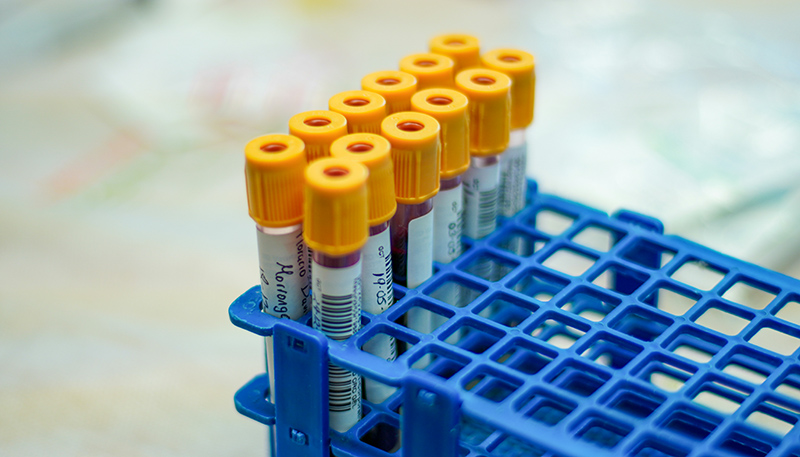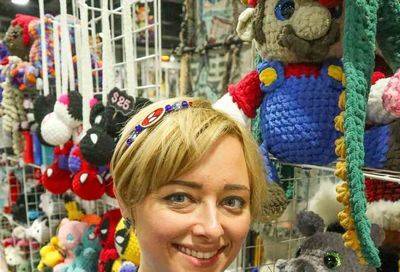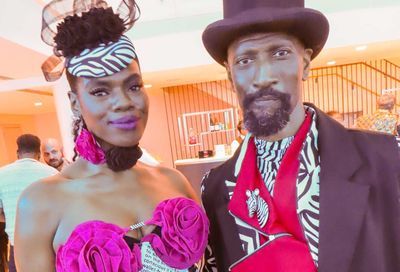Community Kitchen
From AIDS to breast cancer, the new Food and Friends facility keeps pace with the organization's expanding mission
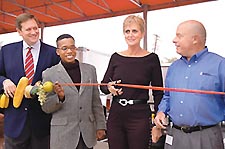 |
Food & Friends started from scratch in 1988, when the Rev. Carla Gorrell decided that she wanted to help nourish Washingtonians suffering from AIDS-related illnesses. With the help of Westminster Presbyterian Church in Southwest D.C., a few financial backers, a small band of volunteers, and 21 area restaurants, Food & Friends was up and running.
Over the years, the HIV/AIDS epidemic has changed, and so has Food & Friends. But three things remain constant: human frailty, a desire to help those in need, and the local gay and lesbian community’s connection to Food & Friends.
 |
“Even with the expansion of our mission, to try to extend the lives of everybody who’s sick, I would say the majority of our staff are gay and lesbian, though we don’t make these distinctions,” says Craig Shniderman, who has been the organization’s executive director since 1995. “I’m a straight man from suburban Montgomery County, married to a woman and have four kids. It’s always been clear to me that Food & Friends is a gift from the gay and lesbian community. To this day, it is the sacrifice of the gay and lesbian community that drives us. It’s the gay and lesbian community that said there’s room at the chopping table for everyone to cut vegetables.”
With an official dedication last Saturday, Oct. 30, Food & Friends has a brand-new facility that allows for a much bigger chopping table.
Located at 219 Riggs Road NE, near the Fort Totten Metro station, the organization’s new, permanent home offers 25,000 square feet of floor space. True to its utilitarian purpose, the neighborhood and building are industrial. Much of the floor is painted concrete; ducts and tubing are exposed.
 |
Despite the cold, hard surfaces, there is no mistaking the warmth and humanity that has moved in with the staff and volunteers. Portraits abound. The “client memorial wall” is the most moving example, with photos of Food & Friends clients who have since died. Though it is a memorial, it is not somber. The portraits, for the most part, smile out at staff members in the development and nutrition areas of the new building. On another wall hang portraits of former staff and volunteers, still revered.
One of the most notable efforts to bring warmth to the new building is a mural donated by Aurelio Grasanty. Roughly forty by three-and-a-half feet, the mural was a fixture in Food & Friends’s last home — the organization’s only other home after Westminster Presbyterian — a warehouse on Southeast’s L Street.
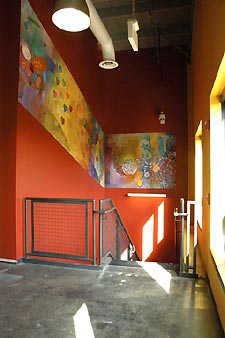 |
“When we left L Street, we discovered that the mural was attached with permanent glue,” says Shniderman, adding that he was fearful that removing the mural might cause extensive damage. His anxiety was for naught, however, and the mural now hugs the wall of the building’s lobby stairwell.
“That mural incorporated the grocery bag that you see on our logo,” Shniderman points out. “That’s how [the logo] came to Food & Friends. The thing we like best is our mural. It’s the connecting piece to our past.”
Though Shniderman and his team managed to soften the edges of their new home, he stresses that the building and the organization still have one basic function: “We’re a kitchen.”
 |
Accordingly, the kitchen offers some of the greatest improvements over the L Street facility. The chefs brought much of their old kitchen equipment along to the new digs, as the ovens, mixers and the rest were still doing their jobs. What the chefs wanted was space and flow.
“When I first walked in, it was, ‘Wow! This is huge,'” Jerry Hairston, assistant executive chef, recalls. Hairston says that when he joined Food & Friends in 1996, there were 300 clients. Today, Food & Friends serves 1,000 clients, but the new facility will allow them to eventually serve 3,000. “It’s a great kitchen, wonderfully designed,” he says.
 |
Chef Marta Mirecki is more precise in her appreciation, explaining that from the loading bay where food is first dropped off at the new kitchen, to the point where finished meals or packed grocery bags depart, everything moves efficiently.
“The flow is like a straight line, it only goes in one direction,” Mirecki explains, saying that a single wasted movement can become cumbersome once it’s repeated on a scale relative to the number of meals she’s preparing. “In the old kitchen, we were just zigzagging across the kitchen. Even though it’s bigger, I don’t feel like we do any unnecessary moving back and forth. If you’re moving soup for one, that’s one thing. Soup for five hundred, that’s a lot worse.”
 |
Shniderman adds that increased storage room allows his organization to buy food in larger quantities, which translates to lower prices.
Executive chef Hilton Hunter says that the increased storage is his favorite part of the new kitchen. He insists, however, that despite the industrial proportions of his new kitchen, the meals he and his staff and volunteers prepare shouldn’t be dismissed as utilitarian.
 |
“The quantity is far more than I’d do in a restaurant in one day, but we’re not a soup kitchen,” Hunter says. “We put out a really nice product. We’ve got nutritionists on staff to make sure the menus we produce have the right amount of calories, proteinÂ…. A lot of the food is better than some you’re going to buy in this town. We take a lot of pride in it.”
Beyond the kitchen, the $8.7 million facility — with the largest donations coming from the Avon Foundation and a D.C. community development block grant — has other amenities suited to office staff and the brigades of volunteers.
While the Riggs Road address is Metro accessible, there is a Food & Friends shuttle for volunteers in the evening, ensuring no volunteer need ever worry about personal safety during his commute. The delivery area is covered, offering delivery drivers some protection from the elements as they stock their cars. In the bathrooms, small locker rooms with showers mean volunteers can change out of office clothes and into something more suitable for cooking.
 |
“And we have windows in this building!” Shniderman exclaims, joking that staff and volunteers were prone to seasonal affective disorders as there was a dire shortage of sunlight in the previous building. “There was so little light at L Street we sometimes referred to it as the bunker.”
The permanence of the new building is another, less tangible, advantage. The building’s design intentionally allows for expansion in the future. A drainage area on the 2.5-acre lot could also be turned over to warehouse storage. Food & Friends plans on staying put well into the future.
 |
As Charnay Henderson, client services manager, concludes, “It’s great to have the new building, but it’s really about the people. And knowing that we won’t get kicked out because it’s not rented space.”
Support Metro Weekly’s Journalism
These are challenging times for news organizations. And yet it’s crucial we stay active and provide vital resources and information to both our local readers and the world. So won’t you please take a moment and consider supporting Metro Weekly with a membership? For as little as $5 a month, you can help ensure Metro Weekly magazine and MetroWeekly.com remain free, viable resources as we provide the best, most diverse, culturally-resonant LGBTQ coverage in both the D.C. region and around the world. Memberships come with exclusive perks and discounts, your own personal digital delivery of each week’s magazine (and an archive), access to our Member's Lounge when it launches this fall, and exclusive members-only items like Metro Weekly Membership Mugs and Tote Bags! Check out all our membership levels here and please join us today!




